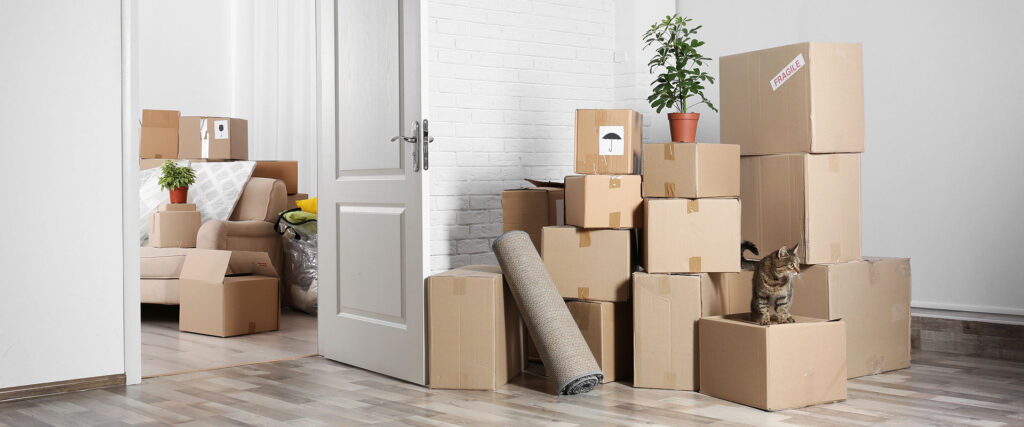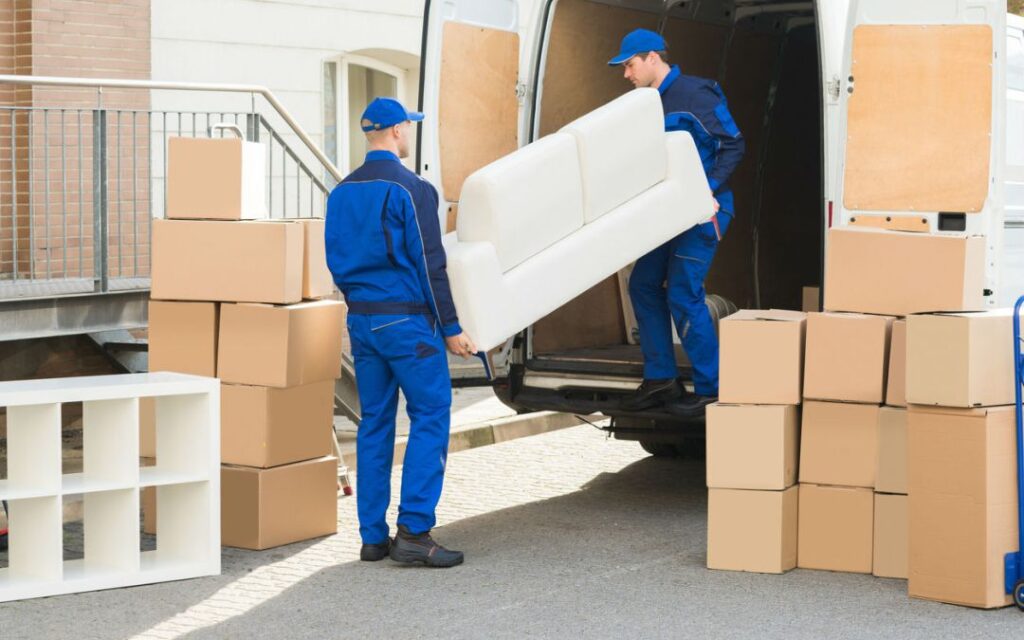Whether you are moving to a new house or relocating your workspace, moving oversized stuff can be a challenge. Packing and transporting large, awkward items like furniture, home appliances, fixtures, and accessories entail a complex process. Attempting to do it alone is futile.
Ideally, you need to work with professional movers. Not only will you save time and hassle, but it’ll also prevent undue harm to your health plus your items.
Professional movers carefully wrap and secure oversized stuff. They ensure that each item is padded so that it won’t chip, dent or break. Movers also have the necessary equipment to lift and transfer items safely. With a professional transporter, moving bulky items out and into a new location should be a breeze.
Here we take a look at some useful tips to make moving oversized items safer and hassle-free.
1. Plan it well

Having a well-planned move can avoid unnecessary delays, costly errors, and unwanted harm. Before moving anything, mentally plan the process that you would take. Identify the items and measure them. Check if your stuff would fit through doors and hallways as well as the transport vehicle. Think of how you will wrap each object, whether you need bubble wraps, boxes, or crates. Consider the weight of each item and whether you need lifting equipment. If an object is too heavy, don’t risk breaking your back.
Included in the planning is the search for a reliable moving company. Get a quotation from different moving companies. This document from the Federal Motor Carrier Safety Administration offers a comprehensive guide for people looking for and hiring moving companies.
2. Get rid of unnecessary stuff
As much as possible, you need to limit the number of items to relocate. Identify the necessary pieces and get rid of the unessential. Cutting back on clutter and excess stuff will greatly help make the move easier for you. After all, if you’re moving to a new place, you want to move in with a clean slate. Leave all unnecessary and old stuff behind you. It will only complicate the packing.
3. Create a moving folder

Compile all necessary documents in one folder. These documents include contracts, rental papers, quotations, payments, warranties, and checklists. Consider actual paper documents instead of digital copies. Take pictures of the items, particularly those with detachable parts. This should help you later on when you re-assemble them.
Moving bulky stuff can be stressful as you’ll likely be dealing with different contractors. Having a dedicated folder for all documents ensures readily available references in case there are questions and disputes.
4. Book early
When it comes to relocating oversized objects, you’ll most likely need moving services. Be sure to book their services well ahead of the planned date. According to the American Moving and Storage Association, around 15.3 million American households move each year. On peak moving season, relocation services can be scanty. This is why relocation specialists at Torex Moving Company recommend booking early to avoid running out of available trucks. Likewise, it also enables you to avail of better rates.
5. Pack in advance

You don’t want to cram on the actual day of the move. Unless it’s an unplanned move, ideally, you should start packing at least a few weeks (or even months) before moving oversized items. Bulky stuff can be difficult to pack. Aside from the actual packing, you also have to remove attachments and secure their parts. Doing these days before the move can be very stressful. It can also result in improperly packed objects, missed items, and other potential problems.
6. Label each piece
Once an item is wrapped, it can be difficult to identify what’s inside. Make it easier to identify pieces by labeling each item. Make a list of all the items that will be relocated. When it’s time to load into the truck, it will be easier for you to check. This will also prevent you from missing out on essential stuff. Likewise, properly labeling the items can make it easier to unload and assemble the items.
7. Remove all detachable parts

Bulky and awkwardly shaped items can be difficult to wrap and move. The protrusions can poke out of the wrapping. If not properly secured, movable appendages can become dislodged while on transport, thus making them prone to damage. Plus, removing these parts can lighten its weight.
As such, it is important to remove all detachable parts, such as drawers, shelves, legs, knobs, pulls, etc. If these parts are built-in and cannot be removed, secure them with tape. Properly label everything you remove so it is easier to re-assemble them later.
8. Stock up on moving supplies
Once you’ve identified the items that need to be relocated, you can estimate the supplies you’ll need. Gather and stock up on supplies days leading to your planned pack-up. Some moving essentials include bubble wraps, packing tapes, colored labels, crates, and pallets.
You also need proper safety supplies like stair rollers, furniture dolly glides, and lifting straps. You can either rent or buy one. Spending a few dollars on safety equipment is a worthwhile expense. It’s always better than spending on medical bills.
Make sure these supplies are readily available to avoid any delays. It should also ensure that the job proceeds safely and smoothly.
9. Take precautions to avoid injuries

Without necessary safety precautions, you can sustain injuries while moving large objects. Make sure to follow these recommendations:
- Push instead of pull
- Use your leg muscles when lifting not your back
- Never bend at your waist, instead bend at your knees
- Only use a dolly for items that are not higher than your eye level
- Use glides for heavy and tall pieces
- Wear proper clothing and closed rubber-sole shoes
- Ask help whenever necessary, such as when moving large items up and down inclines
- Drink enough water while packing and moving
Your safety is of the utmost importance when moving oversized stuff. Be mindful of these recommendations.
10. Protect your items
As mentioned above, you need to properly wrap all items. You can use bubble wrap, furniture blankets, paper wrapping, or pads. Tightly secure the protective covering using tape to avoid slippage. Not only will this protect the items during transport, but it also avoids dents and chips as you move the pieces out of your home.
Moving soon?
The good news is that there are numerous reliable relocation and moving companies nowadays that can help you make oversize stuff moving a breeze. Just make sure that you advance well ahead to get the best rates and ensure that you get trucks. Most importantly, follow the tips discussed above to make the move safer and easier for you.
